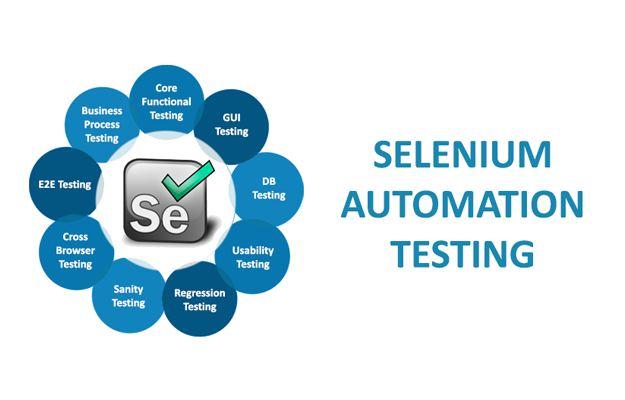In the past few years, so many malware attacks have involved ransomware, which tends to make its presence known to victims with the intention of extorting them for massive ransom payments. However, not all malware is as big and boisterous as ransomware. In fact, there are plenty of methods of malware attack that rely on secrecy and subtlety — but which nevertheless result in devastation to victims’ devices and data.
To keep yourself as safe as possible from cyberattack, you need to rely on a robust and trustworthy antivirus program on all internet-connected devices. However, if you haven’t considered a dedicated antivirus tool until now, you might monitor your devices for any of the following subtle signs of malware infection.
Table of Contents
Slow Performance
If you have grown accustomed to waiting quite a while for your computer to boot up, open applications or perform other processes, you may have been allowing a malware infection to thrive on your device unknowingly. Assuming your device is younger than five years old, you shouldn’t be waiting more than a few moments for it to complete any task. Another cause of slow performance can be overflowing storage, so you might run a cleaner program while you scan your device for signs of malware.
Freezing and Crashing
While the odd freeze or crash shouldn’t be an immediate cause for alarm — especially if you have just asked your device to do something out of the ordinary, like run a particularly demanding video game — frequent freezing and crashing is a bad sign. If it seems like your device keeps failing even when you aren’t pushing its limits, you could have a malware infection.
Diminished Storage Space
Humans create data, and on digital devices, storage spaces can fill up fast. However, if your computer’s memory has gone from relatively empty to unmanageably full in a matter of hours, you can be relatively certain that malware is to blame. To keep your storage spaces functionally clear, you should regularly back up your data to the cloud or an external hard drive. Then, it will be easier to monitor whether malware is eating up all your memory.
Disabled System Tools
When things start to go wrong with your device, your first instinct should be to utilize the system tools provided by your operating system to better understand what your computer is trying to do. However, some malware intentionally disable these tools, making it more difficult for users to identify a malicious program. If you cannot bring up the Task Manager or Activity Monitor, you are almost certainly in the midst of a malware infection, and you need to intervene with antivirus solutions ASAP.
Changes to Computer Settings
You carefully set your desktop background, chose the size of your file icons and the zoom of your windows — but now everything is different. If you don’t share your device with another member of your household, you can be relatively certain that malware is to blame. Malware can also mess with security settings, which is why you might not have been alerted to the presence of a malicious program sooner.
Programs Opening and Closing Without Authorization
Until devices are built with generative AI integrations, no computer should have a mind of its own. Therefore, if you swear that you didn’t leave an application open — or if you witness a program you are using close without your consent — your first suspicion should be malware. This is especially true if the phantom apps are unfamiliar to you, as the malicious program may have downloaded them without your authorization.
Increase in Internet Use
Certain types of malware will use the internet to accomplish their nefarious aims, such as downloading secondary infections or communicating with other infected devices. As a result, an infected computer will radically increase its internet activity, which is something you can track but which regular users typically overlook. You might carefully monitor how much data your device draws to ensure that you are staying below a monthly maximum and avoiding overcharges from your internet provider. In doing so, you give yourself another opportunity to catch malware before it absolutely devastates your devices and data.
There are billions of pieces of malware floating around online, and even the savviest and most secure device user will eventually succumb to some form of digital infection. While knowing the signs and symptoms of malware can help keep you safe, you absolutely need a sophisticated antivirus tool to help you fight malware in all its forms.
Also Read – Eclipsing Expectations: The JetPeel Client Satisfaction Survey




